Verbena canadensis 'HOMESTEAD PURPLE' rose vervain, clump verbena


Verbena
Vervain is a well-known and widely used perennial or self-seeding annual that has inhabited our planet since the Tertiary period — that is, tens of millions of years ago. Can you imagine a sabre-toothed tiger lurking between its stems, or prehistoric horses, mastodons, and mammoths grazing on its foliage all day? Scientists believe that the genus Verbena originated in present-day South America during the Eocene epoch (56–34 million years ago) and spread widely during the Oligocene (34–23 million years ago), when the climate slightly “cooled” — still tropical, but starting to dry — which helped the expansion of the drought-tolerant vervain. Thanks to so-called tropical land bridges, it reached North America, too, about 3 million years ago.
Vervains can exist as diploid (one set of chromosomes = limited but stable genetic information) or polyploid (multiple chromosome sets = richer but less stable genetic diversity). South America tended to produce polyploid plants, but surprisingly, only diploids with the most basic genetic setup managed to take hold in North America. It seems nature decided the hardier types would survive up north — leaving the gene-play to their hot-blooded southern cousins.
Rose vervain is a perennial native to the southeastern and east-central United States. It naturally thrives in sunny, open habitats, forming low, richly blooming mats throughout the summer. Thanks to its adaptability, it has become a popular garden plant in warmer zones (USDA 6–10), while in colder regions it is typically treated as an annual. And now — a fun fact about that species name canadensis, which might suggest it hails from Canada. Not so fast. The label comes from a time when “Canada” was used to refer to a broad swath of North America, not just today’s country. The species was formally assigned to the genus Verbena only in 1894 by American botanist N. L. Britton.
The Homestead Purple variety of rose vervain is nothing short of a legend among verbenas. Its story began quite unassumingly: in 1992, two prominent American botanists, Allan Armitage and Michael Dirr, were traveling through the hot state of Georgia, famously nicknamed the “Peach State” for its abundant production of what are perhaps the best peaches in America. Suddenly, they were struck by a dazzling carpet of purple blooms beside a rural homestead. They stopped, asked for a few cuttings — and from that chance visit, a variety was born that now graces gardens around the world.
Homestead Purple forms dense mats of soft purple blossoms that seem determined never to stop blooming. And do you know how I noticed it for the first time? By scent! I was walking past new plantings and couldn’t figure out what smelled so enchanting. Since verbena isn't typically among the fragrant ones, you can imagine my surprise when my trusty “nose-o-meter” discovered that the delicious, sweetly fresh aroma — a blend of oriental lilies and pinks — belonged to this one. And it doesn’t just bloom all day — it smells all day, too, though you’ll enjoy it most during a quiet evening stroll through the garden, when your senses have the space to absorb its beauty.
Stems that touch the soil root with ease, allowing the plant not only to spread beyond its original clump but also to increase its nutrient uptake — becoming lusher and more vibrant with each passing week. Even the leaves are a delight: though not large, they’re deeply lobed, deep green, slightly glossy, and somewhat firm to the touch, creating a richly textured base for this breathtaking floral display.
As a typical prairie plant, vervain pairs beautifully with perennials that share its environmental preferences. You may feel like you’re basking under the searing South American sun, while at your feet spreads a pastel palette of companions like lavender-hued Russian sage (Perovskia atriplicifolia) with silvery foliage; low-growing sundrops (Oenothera fruticosa) with finely divided leaves and golden yellow flowers; drought-tolerant grasses such as blue fescue (Festuca glauca) or the soft textures of feather grasses (Stipa), which you might feel compelled to stroke each time you pass by, along with compact cultivars of threadleaf coreopsis (Coreopsis verticillata). It also blends beautifully with flat-leaved sea holly (Eryngium planum) and its steel-blue bristly blooms, the brilliant blue of hardy leadwort (Ceratostigma plumbaginoides), tirelessly flowering gauras (Gaura lindheimeri) or with coneflowers — whether the classic purple (Echinacea purpurea) or the more unusual paradoxically yellow (Echinacea paradoxa).
Vervain performs best in dry to disturbed conditions — it thrives on rocky subsoil, slopes, ditches, embankments, or in sharply drained planting beds. It tolerates a wide pH range and requires full sun. Once established, it copes well with drought, although occasional watering during extreme summer heat is beneficial. Regular feeding during the season encourages prolonged flowering, as does light deadheading. When grown in containers, it benefits from a period of winter rest — with minimal watering and overwintering indoors at temperatures between –5 and +10 °C. When planted in garden soil, it is fully hardy down to –23 °C (USDA Zone 6), provided that the substrate is not persistently waterlogged in winter.
Last update 22-06-2025
Goods are shipped all over Europe. For Russia and U.K. and for further details please read about SHIPPING OPTIONS HERE.
Are you interested in a serious discount for orders NOV-FEB? Check your options here.
THE PRICES INCLUDE VAT of 15%. For quick conversion you can use 1 CZK = approx. 0.04 EUR
- STANDARD QUALITY - Plants of this group are 1st class quality with number of branches and overall density adequate to their size and age, considering they were container grown.
- DE LUXE QUALITY - This label guarantees a luxurious quality of manually selected plants that, compared to their height and age, are exceptionally dense and beautiful.
- EXTRA - These plants are usually mature and bigger specimens with exceptional overall appearance.
- STANDARD (as described in the plant form) means a tree with a trunk of 190-210 cm and a crown at the top, unless specified differently. The commercial size for trees is their girth measured in the height of 1m from ground.
- HOBBY - These plants are of the same quality as our standard-quality plants but younger and therefore cheaper.
- SHRUB - a woody plant with branches growing bushy from the ground level.
- HALF-STANDARD or MINI-STANDARD - a small tree with shorter trunk, its size is usually specified.
- FEATHERED - These are trees with branches growing already from the base of the trunk and up along the stem.
- GRASSES and PERENNIALS - Sizes given usually read the diameter of the pot or the clump, as specified.












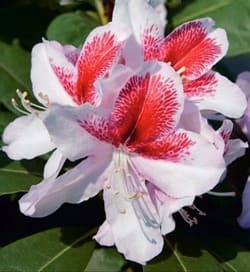










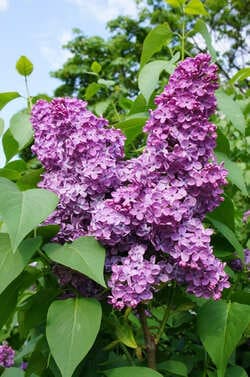

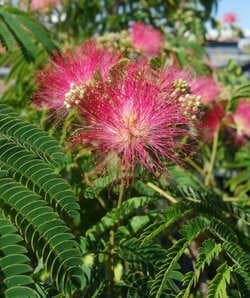




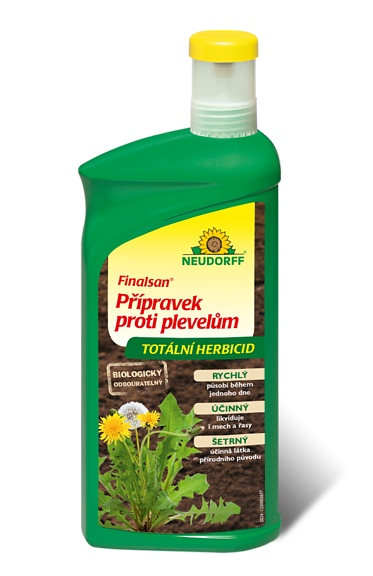


.jpg)
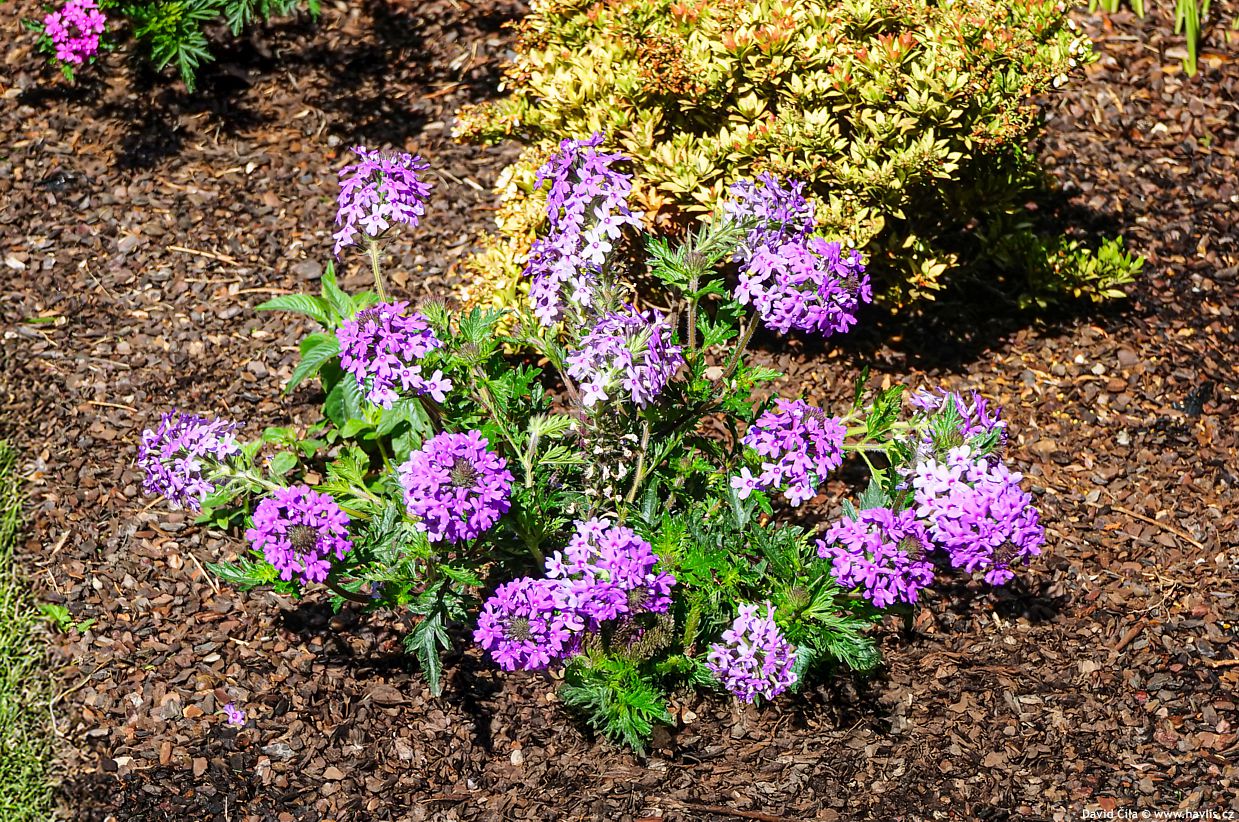
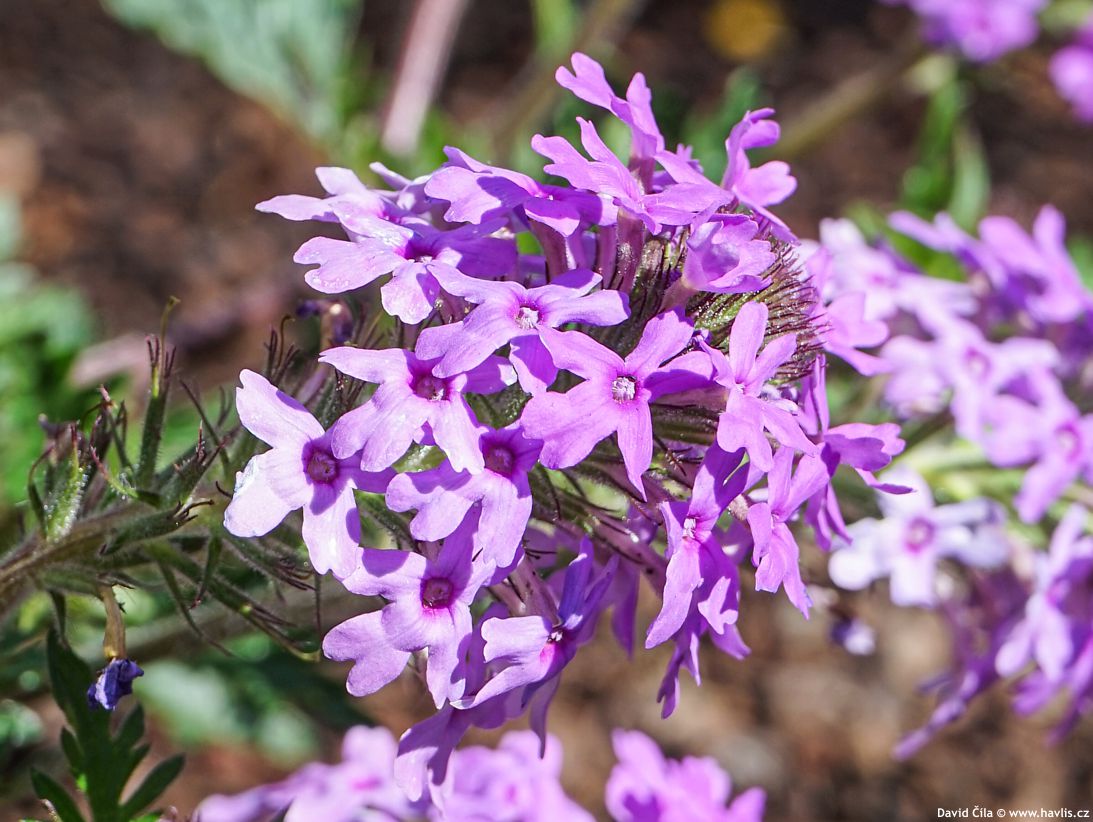
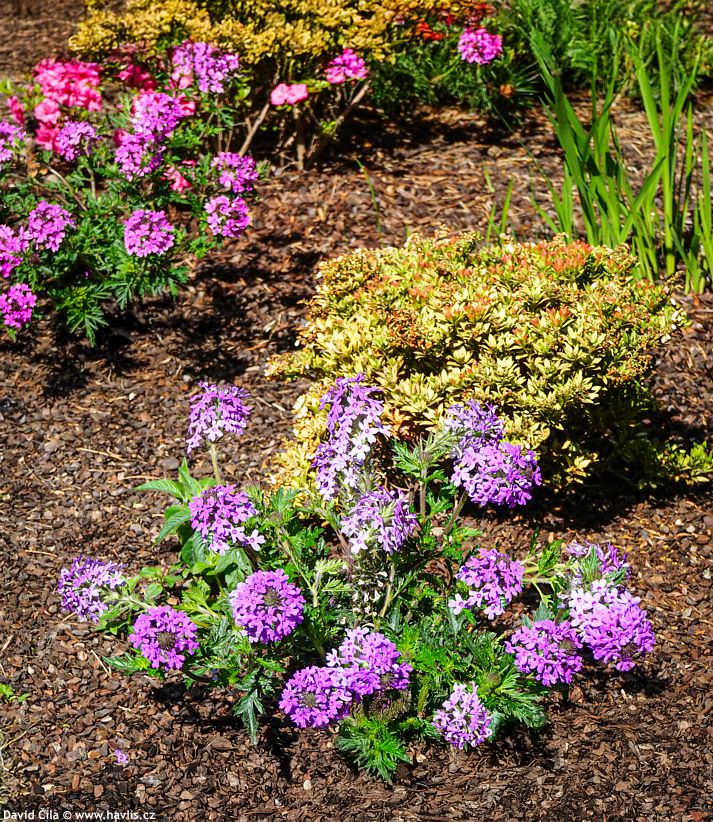
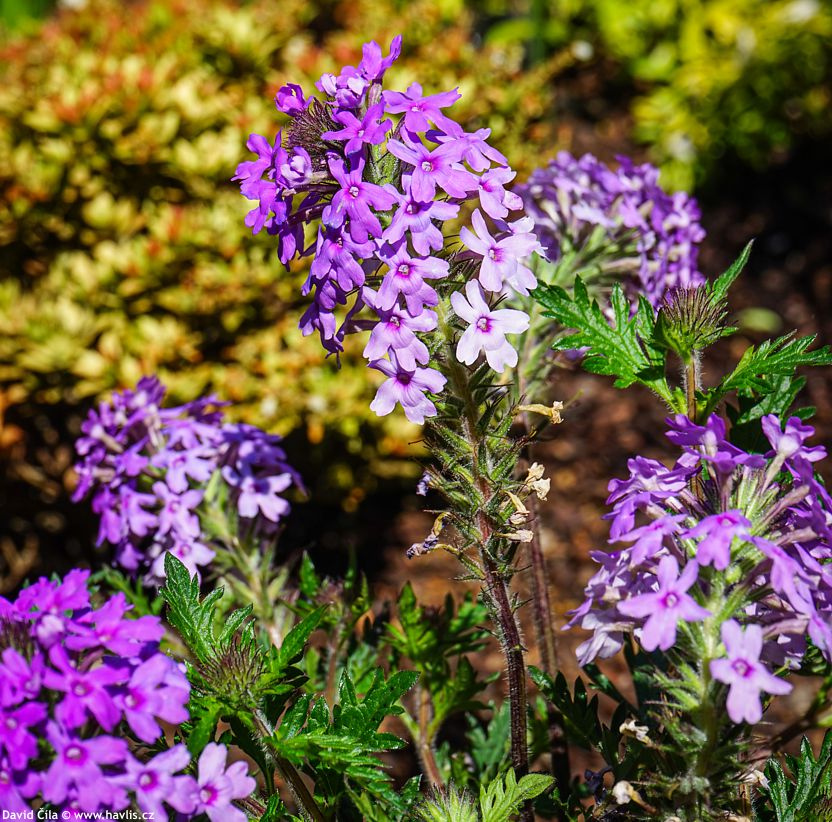
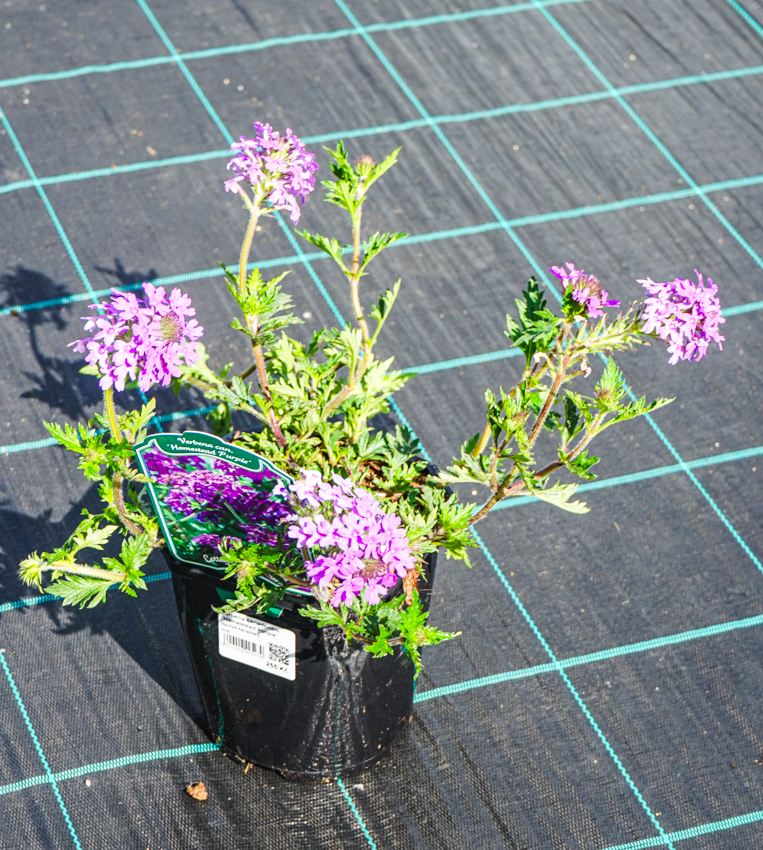
.jpg)
